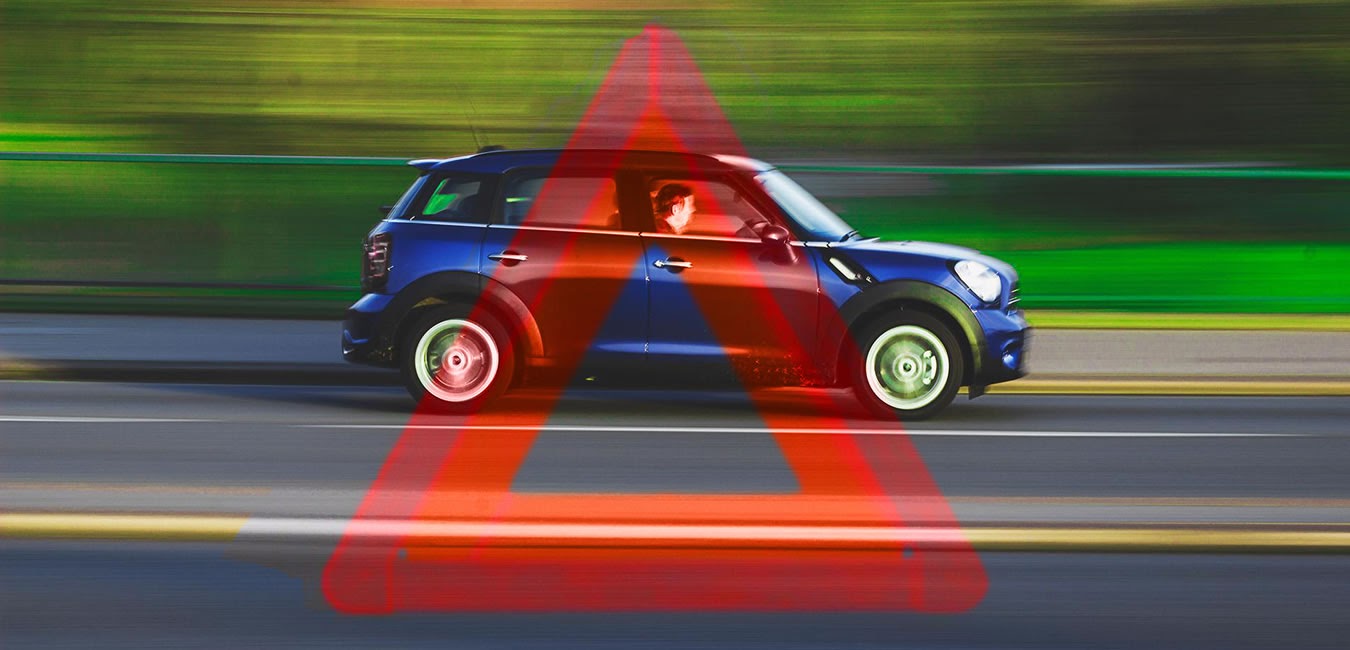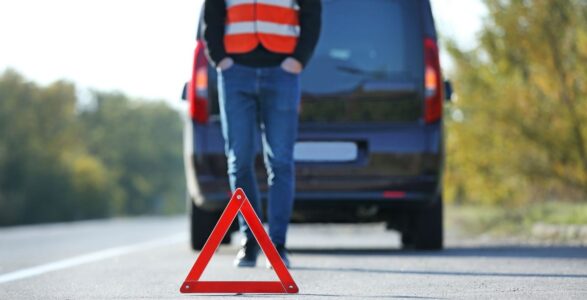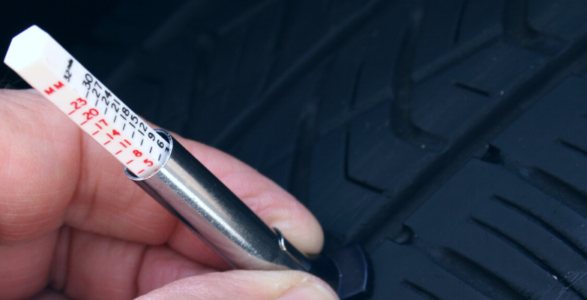What To Do If Your Car Breaks Down

Your car breaking down is always an unwelcome surprise and an inconvenience. With a bit of preparation and planning you can at least minimise the chance of a breakdown and certainly reduce the stress if the worst happens.
Top Journey Preparation Tips
Get breakdown cover. Keep the phone number handy in the car and on your mobile should you need to call them out. If you plan on using your car abroad make sure you the policy covers you.
Can you buy breakdown cover after breaking down? Yes it’s possible to buy breakdown cover when you breakdown, but you will pay more than if you had bought cover previously. Many providers offer instant cover which means you can take out a policy and get assistance straight away. As well as the cost of the instant cover some providers also charge a one off fee of up to £110.
Maintain your car. It might go without saying but a well maintained car is less likely to break down.
Keep a road map in the car. Sat navs can’t always get a signal – so keep a map in the car so no matter what you can always tell the emergency services or your breakdown provider where you are.
Keep your mobile phone charged. Maintain a good charge on your mobile while travelling in case you need it.
Keep a reflective jacket in the car. It isn’t the law to carry a reflective jacket in your car in the UK ( unlike most other European countries) but it’s a good idea to keep you safe if you have to wait at the roadside for help. A waterproof coat is also handy to have in the car as you can’t predict the weather when you break down.
Red warning triangle. Carry a red warning triangle to warn other road users that you’re in trouble.
Put together a winter kit. If you keep warm clothes, a blanket and some chocolate you’ll have the provisions to keep you warm and fed if you break down on a cold day or night.
What To Do If You Break Down On The Motorway
Motorways are dangerous places to break down, so you need to take extra care.
Exit to the left
The Highway Code says you should exit off the motorway as soon as you notice the slightest hint of trouble, or pull into a service area. If you are unable to do this pull over to the left onto the hard shoulder. If possible try and stop by an emergency telephone, which are situated roughly every mile along the hard shoulder, and will connect you directly to the police who will instantly know your location
Try and pull in as far to the left as possible away from the speeding traffic. Turn the wheels to the left, so that if your car gets shunted by another vehicle it won’t get pushed into traffic.
You want to make sure that your vehicle is as visible as possible so switch on your hazard warning lights on, and your side lights on.
Get everyone out of the car safely
You and your passengers should leave the vehicle by the left-hand doors so that you’re not at risk of oncoming traffic. If you have high-visibility vests or reflective jackets wear them.
If you have pets with you in the car the Highway Code advise you leave them in the car (lest they should escape and get onto the carriageway), but if it’s an emergency you can take them onto the hard shoulder as long as you keep them under control at all times.
Find a safe place to stand – behind the crash barrier if there is one or if it’s possible, move up the verge.
Never attempt to place a warning triangle on a motorway and don’t put yourself in danger by attempting even simple repairs.
Call and wait for help
If you have a mobile with signal and power ring either your breakdown service or call the Police.
If you don’t have a working mobile you will need to call from an emergency phone which are located every mile or so along the hard shoulder and can be easily identified by the bright orange boxes. Just follow the arrows on the posts at the back of the hard shoulder. The emergency phones are free and connect directly to the Police or the Highways Agency.
When on the phone face the traffic (so you can see any potential oncoming dangers and get out of the way).
Give as many details as you can – including your location – and inform the Highways Agency or police if you are a vulnerable motorist such as disabled, travelling alone, older, or with small children.
Once you have called for assistance, wait near your car in a safe place, behind barriers where possible or high on the verge, away from fast moving traffic. If for any reason you feel at risk from another person get back into the car from the left hand doors and lock all the doors.
Rejoin the motorway
If your vehicle has been fixed at the roadside rejoin the motorway carefully. You will need to be patient to wait for a safe gap in the traffic. Where possible use the hard shoulder to build up speed so you are entering the carriageway at speed. Just watch out for any other vehicles that may have stopped on the hard shoulder.
What to Do if You Break Down on A Smart Motorway?
What is a smart motorway? A smart motorway is a section of a motorway that uses traffic management methods to increase capacity and reduce congestion in particularly busy areas.
You have to do things a little differently on a smart motorway as there is no hard shoulder:
Stop at an ERA [emergency refuge area], motorway service area or leave at the next junction.
If you are unable to do this, try and get your car off the carriageway.
If you have no choice but to stop in a traffic lane, turn on your hazard warning lights immediately to warn other traffic of your predicament.
If you’re in the left-hand lane, and it’s safe get out of the vehicle on the left-hand (passenger) side and wait behind the barrier.
If you can’t get out, or you’re in another lane and it’s not safe to leave the vehicle, stay in the car with your seat belt on and dial 999.
If you stop in an ERA, you must use the SOS phone to contact the Regional Control Centre when you stop, and before you leave.
What to Do if You Break Down on National, Secondary or Minor Roads
Breaking down on non motorway roads can still be dangerous, so stay safe by following these steps:
Where possible pull out of the traffic and find a safe place to stop – as far left as possible. Some national roads have a hard shoulder to pull up on.
Put your hazard lights on to warn other road users. If it’s dark or visibility is poor put your side lights on too.
Place your red warning triangle at least 50 metres behind the car to warn any oncoming traffic that your car is broken down.
In contrast to actions on the motorway, no matter where on the road you breakdown, be it in the middle of the road in town or out on a narrow country road, you should get back in your car once you’ve put out your triangle. That’s the safest place to be.
Use your mobile phone to call for help, or find your nearest public telephone. Once in your car, ring the Police for assistance and then call your breakdown service provider to let them know.
Top 9 Break Down Call Out Causes
According to the AA the most common causes of a break down are:
- Flat or faulty battery
- Lost keys
- Damaged tyres and wheels
- Alternator faults
- Starter motor
- Fuel problems
- Clutch cables
- Spark plugs
- HT (high-tension) leads
Compass Vehicle Services Ltd offer: nationwide car leasing – bad credit car finance – used car deals – personal leasing – business car leasing – best car lease deals – non-status car leasing
Back to all help and advice articles



